Rongoā Māori

Kumarahou
Māori vocabulary:
Rongoa - medicine and wellbeing
Karakia - prayer
Tohunga - expert
Tapu - holy
Te Urewera - an ancient forest in the North Island
True or false?
1. Totara bark was used to heal broken bones.
2. Kumarahou is taken for coughs.
3. Tohunga were able to cure many diseases that came with colonists.
4. Tohunga had supernatural powers.
5. Wiremu Doherty was raised by his mother.
6. Rongoa is used in the public health system.
Language used:
to go underground
to make a comeback
a fountain of knowledge
a resurgence
to overuse
to show signs of infection
sustenance
deadly diseases
supernatural powers
to bring in a law
to keep a secret
an exhaustive knowledge
so and so
the outside world
calls for
lesser
to be richer for

Totara bark
He Tui
p 190-191 The Natural World of the Maori
Why were Tuis kept in cages some distance from a village (kianga)?
Listen twice and record the significance of the following items (mentioned in order):
Winter
Poetry and oratory
40-50
Males
Brush
Nectar
Cage
Guests
Oven
Genealogies
War
Tui song
Tui mimicry

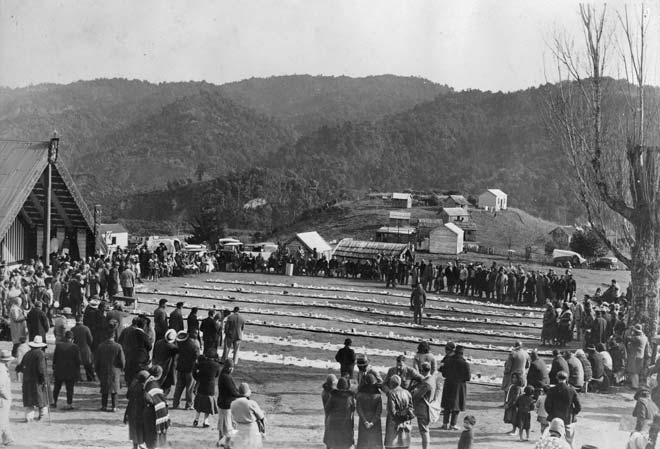
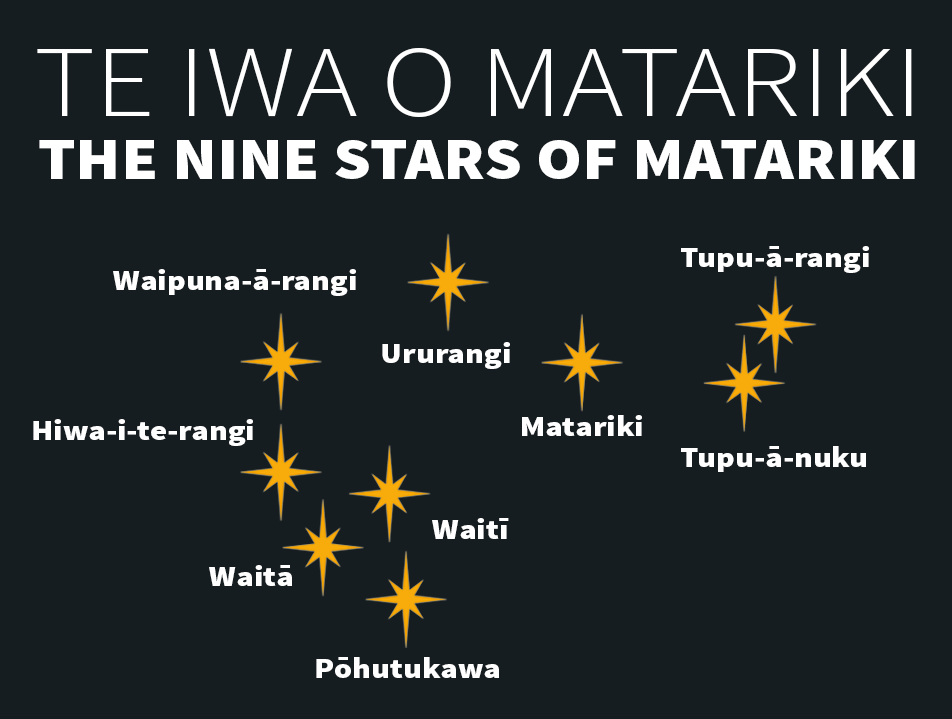
Tio (oysters)
Kōura
Kūmara

Paua
Ti
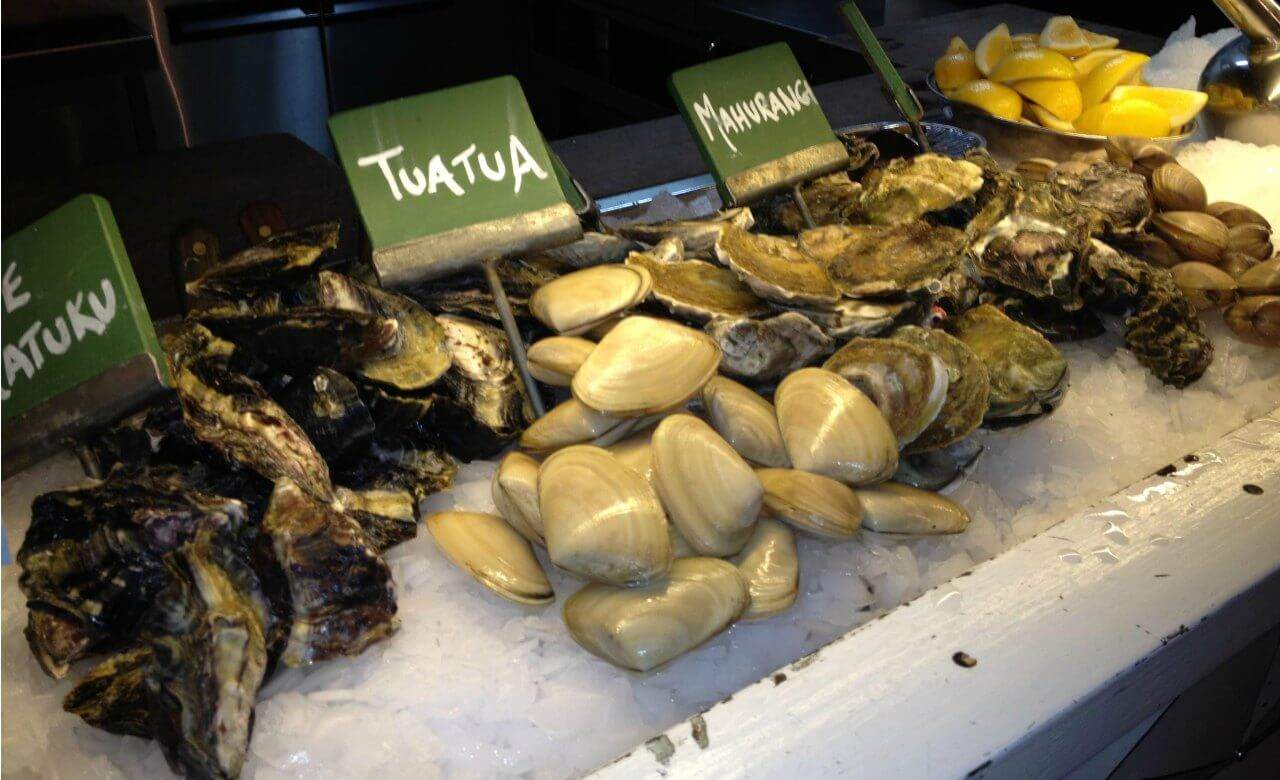
Kiamoana
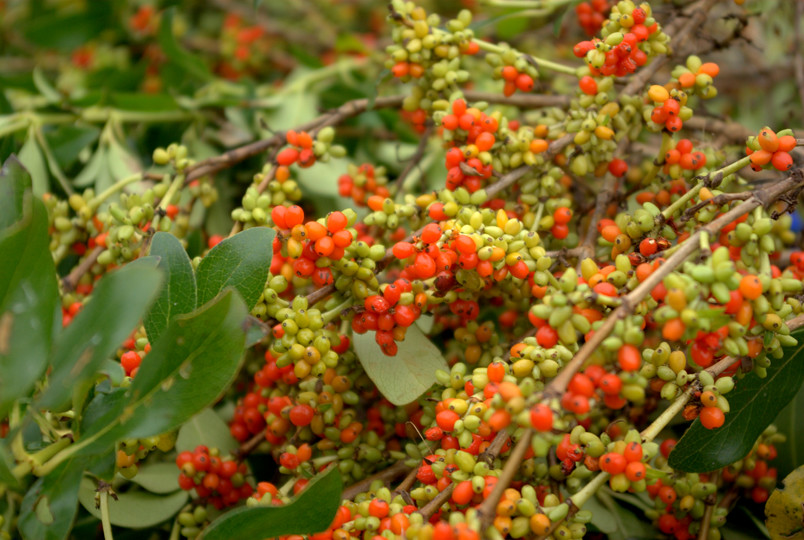
Karamu berries
Tio (Oysters) with Karamu berries
Monique Fiso
1. When did Monique decide to become a chef?
2. "When I cook I sort of _________________ in my head."
3. Where did she work for seven years?
4. Why did she leave?
5. Why did she form Hiakai?
6. What does she want to do with Maori cooking?
7. "I think a lot of _________________ is Maori ingredients but __________________ from the order sheet.
8. "Foraging is a ________ of what I do."
9. Where does she cook?
10. "Hangi s the ____ of the cuisine."
11. What do diners get besides a good meal?
12. (Hiakai) "is ______ in the bush with knives and __________."
Hiakai
Further listening:
Monique Fiso talks Māori Kai
1. What dish has Monique been experimenting with recently?
2. Which dish is "in" at the moment?
3. What consistency does the dish need to have?
4. How long does the dish take to prepare?
5. What is special about the way Maori use fish?
6. How did Monique eat mussels as a kid? What did she not know?
7. How long did it take Monique to find a job in New York?
8. Why did she used to avoid telling people her mum's maiden name?
9. Why did she "whitewash" herself?
10. What is a pop-up?
Stop at 9.20
Hiakai Wellington
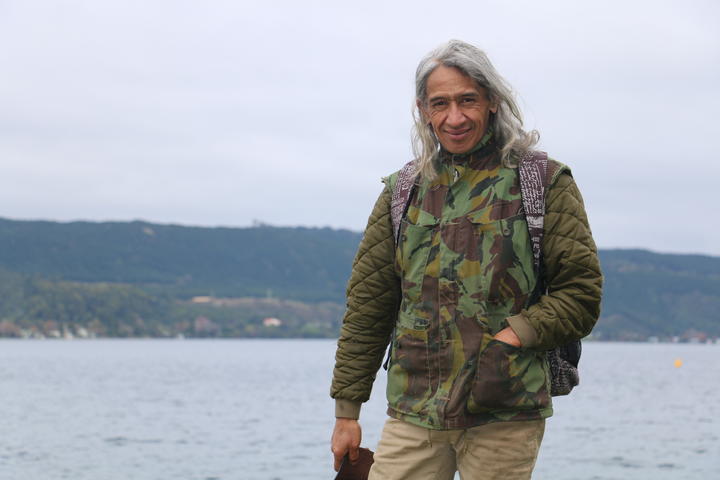
He Tui
p 190-191 The Natural World of the Maori
Why were Tuis kept in cages some distance from a village (kianga)?
Listen twice and record the significance of the following items (mentioned in order):
Winter
Poetry and oratory
40-50
Males
Brush
Nectar
Cage
Guests
Oven
Genealogies
War
Tui song
Tui mimicry
Lead in
1. Are you from a family that loves to cook?
2. Are any techniques of cooking or creating food in your family you would "traditional"?
3. What kinds of food grow naturally in your country?
4. Do you ever go out collecting food in the wild? (foraging, fishing, hunting)
5. Do you know of any foods that are native to New Zealand?

A wāhanga kai - food stage

Kai laid out for a hākari
Matariki in New Zealand - A time to feast

Waitā:
Waitī:
Tupu-ā-nuku:
Tupu-ā-rangi:
Matariki occurs during which season?
Pipiri means:
It is a time to: on the past and for the year ahead
What is the significance of the steam rising from the hāngī?
Reading:
Maori use of indigenous ingredients goes back _____
early migrant peoples brought ____ to Aotearoa
Bird that were hunted: ____, _____ and _____
Plants that were gathered: ____ _____ _____ _____ _____ _____
Flax seeds contain ____
Europeans introduced: _____ ____ _____ _____
Manuka trees were called ________ by Captain Cook and Joseph Banks
Manuka honey has _____
only ___ varieties of native fern root are edible
Fern root adds a _____ flavour to a dish
Korengo (seaweed) is eaten raw or used to _____ various dishes
Horopito is a good substitute for _____
Kowhitwhiti (watercress) has a mild ______ flavour
Hangi uses ____ to cook the food
Rewena Paraoa is a fermented _____ (a kind of sourdough)
Paua are famous for their ______ shell
Kina is usually eaten ___
Scallops are popular with people who usually ______ shellfish
Kumara can be ___ ___ and _____ in colour
Kawakawa is a anesthetic and has a ___ flavour
Huhu grubs live in rotten logs and taste like _____
Titi (mutton birds) are very rare and very ______
Māori people have been cooking with ingredients from New
Zealand's native forests for more than a thousand years.
Pre-European Māori Ingredients
Māori brought edible plants from their homeland, including
kūmara, yam and taro. Along with root
vegetables they also introduced kiore (the Polynesian rat) and kurī (the
Polynesian dog), both valuable sources of meat.
Maori hunted a wide range of birds (i.e. mutton bird and
moa), collected seafood and gathered native ferns, vines, palms, fungi,
berries, fruit and seeds.
Introduced ingredients
When Pākehā
(European) settlers arrived in New Zealand, Māori embraced the new foods
they brought, and began cultivating them. These crops included wheat, potatoes,
maize, carrots, cabbage and other vegetables. Māori also began raising sheep,
pigs, goats and poultry.
Since the late 20th century traditional Māori foods have
been prepared in new ways to suit the modern palette, enduring Māori cuisine
continues to be enjoyed.
Flaxseed oil
Cold pressed flaxseed oil, made from the native New Zealand
flax, is an unrefined oil, nothing is added or removed. It is a great source of
Omega 3 and six essential fatty acids, Omega 9 antioxidants and vitamins.
Mānuka
Mānuka was named 'tea tree' by Captain James Cook and
English botanist Joseph Banks when they found it in Mercury Bay in 1769. Mānuka
wood chips can be used to add flavour when smoking food, but it is best known
as the source of mānuka honey which is used to produce a growing list of
products with outstanding medicinal and antiseptic properties.
Manuka flowers, which produce New Zealand's famous manuka
honey, renowned for its medicinal benefits.
Pikopiko (fern shoots)
Most of the wild fern varieties that grow in damp shady
areas of New Zealand’s native bush are carcinogenic - of 312 different
varieties, only seven varieties are edible. The edible fern fronds, known as
bush asparagus, are pale green with brown speckles. Picked before the leaves
unfold, the fronds add a unique 'forest' flavour to dishes.
Korengo
Korengo is seaweed which is either used in its raw state, or
dried and used to season various dishes.
Pūhā
Pūhā, also known as sow thistle, is a green-dark green plant
often found growing as a weed. The stem contains a milky coloured sap. Eaten
raw, the stem and leaves have a bitter taste. Cooking does not remove the
bitterness but it can be reduced by rubbing the puha plants together
(vigorously) under running water. Pūhā is traditionally served cooked with
pork.
Horopito
Horopito, also known as the New Zealand pepper tree, can be
used to replace conventional pepper in cooked dishes.
Kawakawa
Kawakawa trees are mostly found in coastal areas of New
Zealand in damp bush. The heart shaped leaves are dried, ground and then used
to season, adding a rich forest aroma with a light minted flavour.
Kōwhitiwhiti (watercress)
Kōwhitiwhiti or watercress grows on the edge of fresh water
rivers and creeks around New Zealand. Eaten raw or cooked, it has a mild
mustard flavour.
Hāngi
Māori still follow the traditional Polynesian practice of
cooking for large numbers in a hāngi. This earth oven or pit uses hot stones to
create steam which cooks the food.
īnanga (Whitebait)
Whitebait fishing was a well-established tradition before
European settlement. To this day eager anglers wade in the water during spring
to net fish. Try a whitebait patty to taste this delicacy.
Rēwena bread
Rēwena paraoa (potato bread) tastes sweet and has a slight
sour/tang flavour to it, a result of the long period of fermentation it
undergoes. The bread wonderfully textured and flavoursome.
Kūtai (mussels)
Green Lipped Mussels
Hailed as a super food and delicious in taste, green lipped
mussels are a delight.
Pāua (abalone)
Pāua is recognisable for its beautiful blue/green,
iridescent shell and thin, black surface covering its creamy-white flesh in its
natural state. Pāua is considered taonga
(treasure), a gift from the god of the sea. It is highly valued for its firm
meaty flesh and savoury, sea flavour. Its shell is used for jewellery and
incorporated in traditional Maori carvings, usually to represent the eyes.
Tio (oysters)
Bluff Oysters are a prized delicacy in New Zealand and many
of the fishers who catch them have lived on the sea for generations. The season
to try these tasty morsels is from March until August.
Oysters
Oysters are a New Zealand specialty and have been enjoyed by
the indigenous people for decades.
Kina (sea urchin)
Kina is a traditional food of the Māori, eaten raw this is a
delicacy. The traditional method to eat a kina is to crack open the kina shell
with a rock and take out the roe by hand.
Tipa (scallops)
Scallops are more than 80 percent protein – which makes them
another healthy food choice. The soft fleshy texture and delicately mild sweet
flavour of scallops are enjoyed by even those who are not particularly fond of
fish or other shellfish. The season for fresh scallops in New Zealand runs from
October through to March.
Kōura
Kōura are fresh water crayfish closer in size to a king
prawn than lobster.
Kūmara
Known elsewhere as sweet potato, New Zealand kūmara is
particularly sweet and grows in the semi-tropical regions of the North Island.
It is available in red, gold or orange varieties. Long a favourite in New Zealand households, the kūmara is
both tasty and versatile. Its sweet taste and buttery texture make it popular.
Tītī (muttonbird)
The origin of the name refers to the mutton-like taste of
the flesh, and possibly the woolly appearance of its young. The bird is the
size of a very small duck. Due to a very short season (1st April until 31st
May) these birds are very expensive to purchase and are only available for a
short period of time.
Kānga kōpiro (fermented corn)
Also known colloquially as “Māori porridge”, Kānga Pīrau is
decidedly an acquired taste. Kānga Pīrau is prepared by putting corn cobs into
sacks which are left in a clean running stream for up to six weeks until they
have fermented. The corn kernels are then stripped from the cob, mashed and
then cooked just like porridge and served either hot or cold.
Huhu grubs
Huhu grubs were part of a traditional Māori diet. A good
fossick in fallen logs may reveal a wriggling colony. When eaten raw huhu grubs
have the taste and consistency of peanut butter.
Listening / watching / speaking
Monique Fiso is from Māori, Samoan and Pakeha heritage. She and fellow Māori chef, Kane Bambery have set up HiaKai, a restaurant and food company that is revolutionising fine dining in New Zealand.
Manuka flowers
Gathering flax flowers and seeds used to make flax oil.

Pikopiko
Paua
Ti

Kiamoana

Karamu berries
Tio (Oysters) with Karamu berries
Hāngi
Traditionally, Māori cooked in a pit under the ground in ovens
called 'Hāngi'. In traditional Hāngi cooking, food such as fish and chicken, and root vegetables such as kumara (sweet potato), are cooked in a pit dug in the ground.
1. When did Monique decide to become a chef?
2. "When I cook I sort of _________________ in my head."
3. Where did she work for seven years?
4. Why did she leave?
5. Why did she form Hiakai?
6. What does she want to do with Maori cooking?
7. "I think a lot of _________________ is Maori ingredients but __________________ from the order sheet.
8. "Foraging is a ________ of what I do."
9. Where does she cook?
10. "Hangi s the ____ of the cuisine."
11. What do diners get besides a good meal?
12. (Hiakai) "is ______ in the bush with knives and __________."
Hiakai
Further listening:
Monique Fiso talks Māori Kai
1. What dish has Monique been experimenting with recently?
2. Which dish is "in" at the moment?
3. What consistency does the dish need to have?
4. How long does the dish take to prepare?
5. What is special about the way Maori use fish?
6. How did Monique eat mussels as a kid? What did she not know?
7. How long did it take Monique to find a job in New York?
8. Why did she used to avoid telling people her mum's maiden name?
9. Why did she "whitewash" herself?
10. What is a pop-up?
Stop at 9.20
Hiakai Wellington
Charles Royal on Lake Rotoiti. Charles gathers wild ingredients in the area around Rotorua for local chefs.
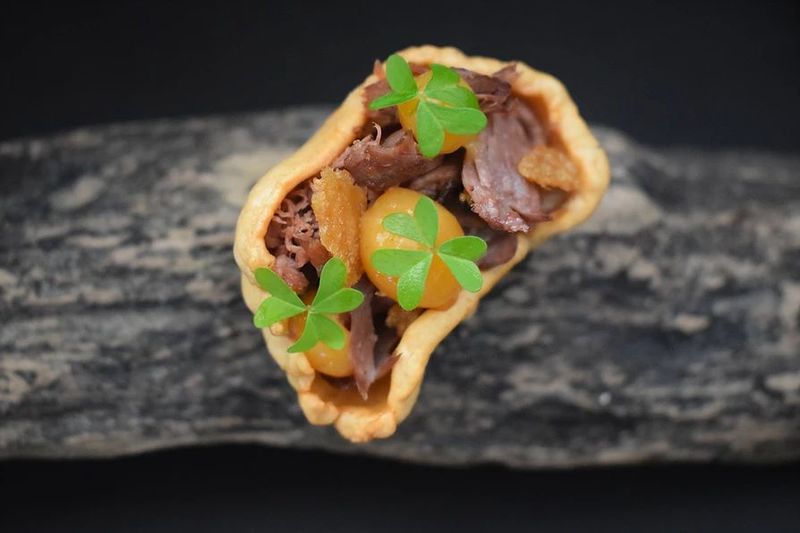
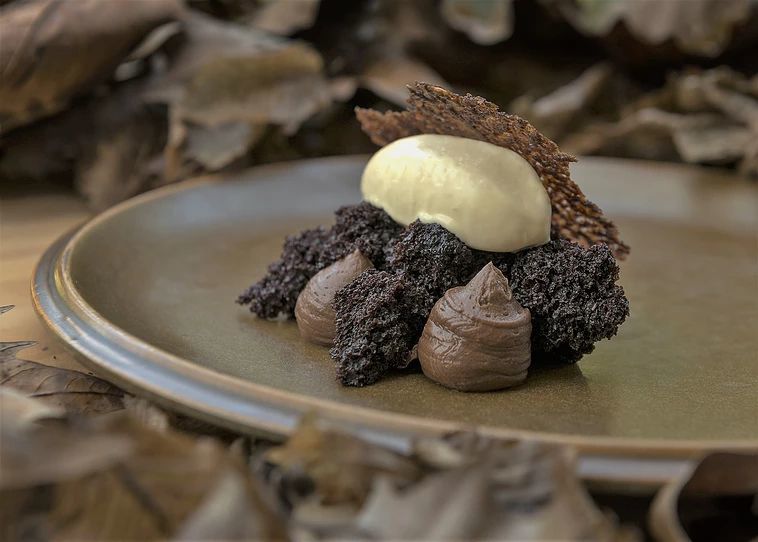
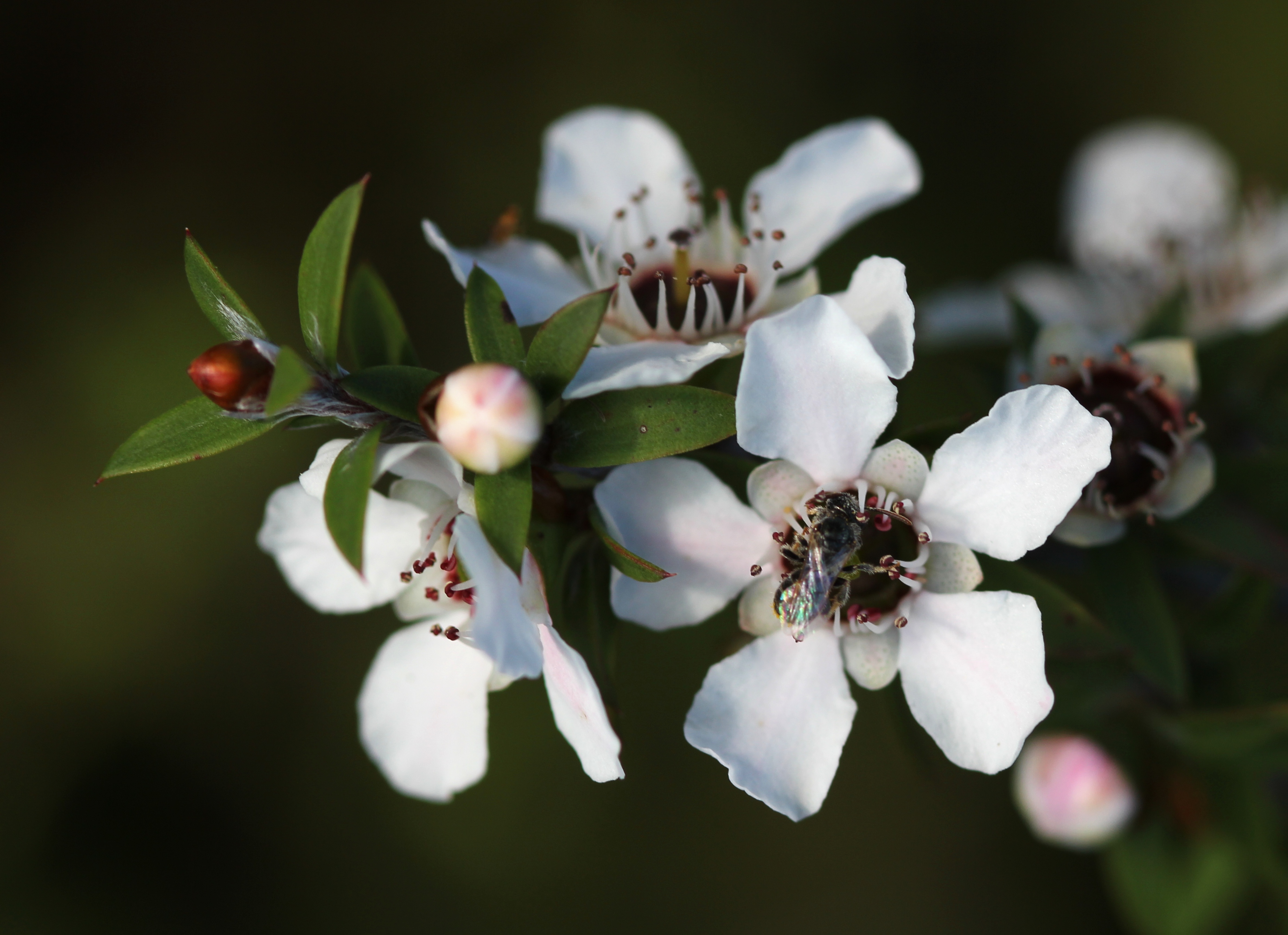


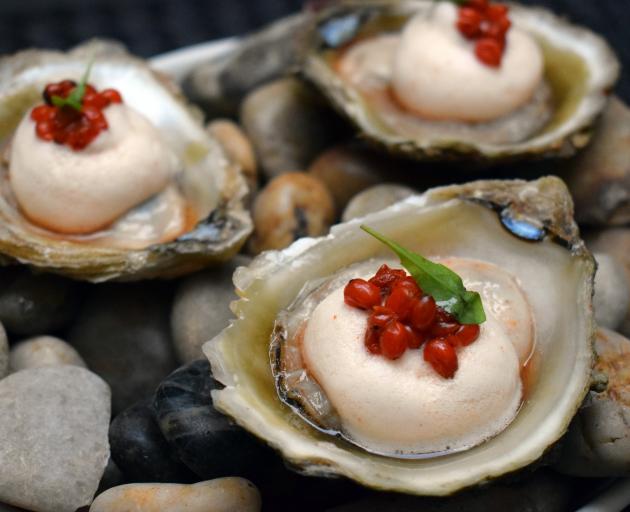
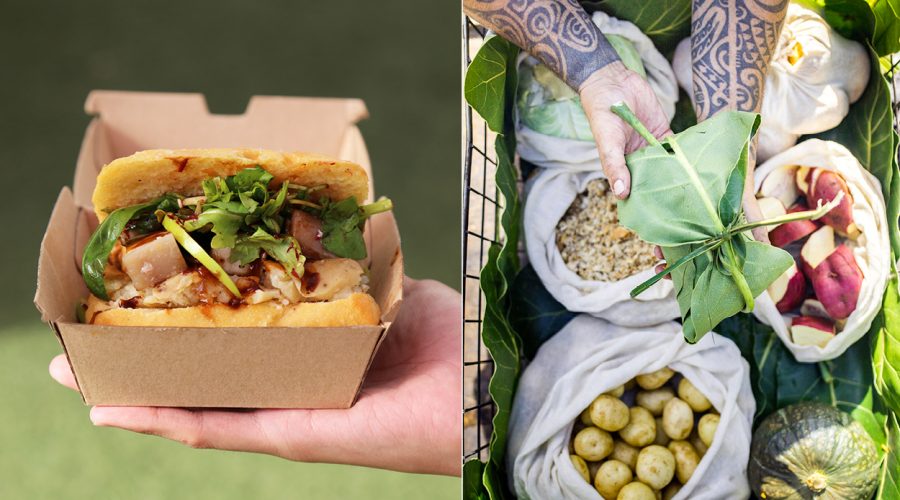
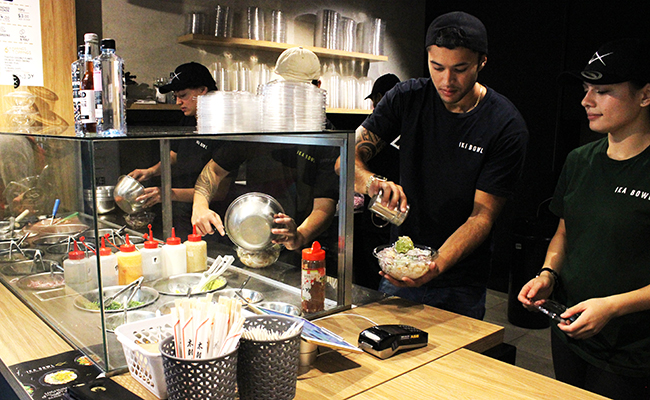
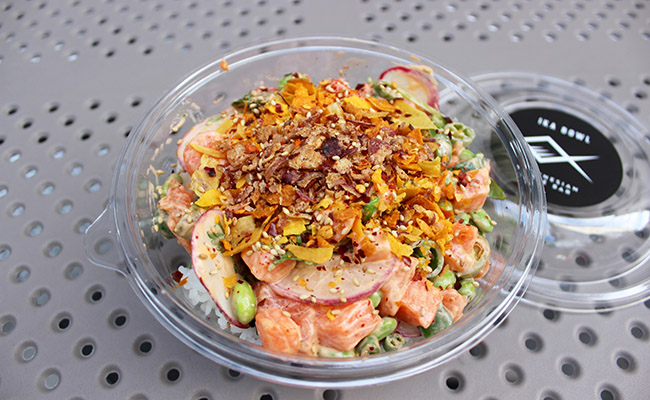
No comments:
Post a Comment